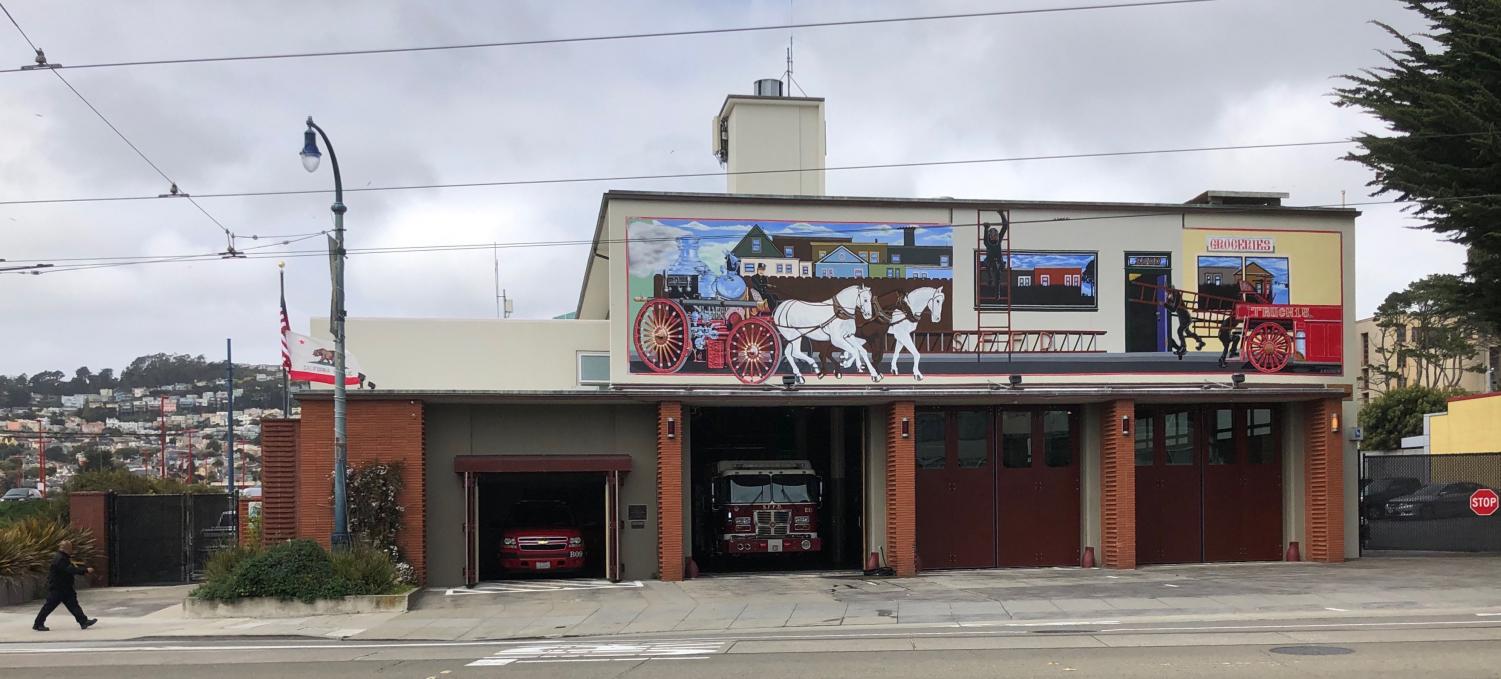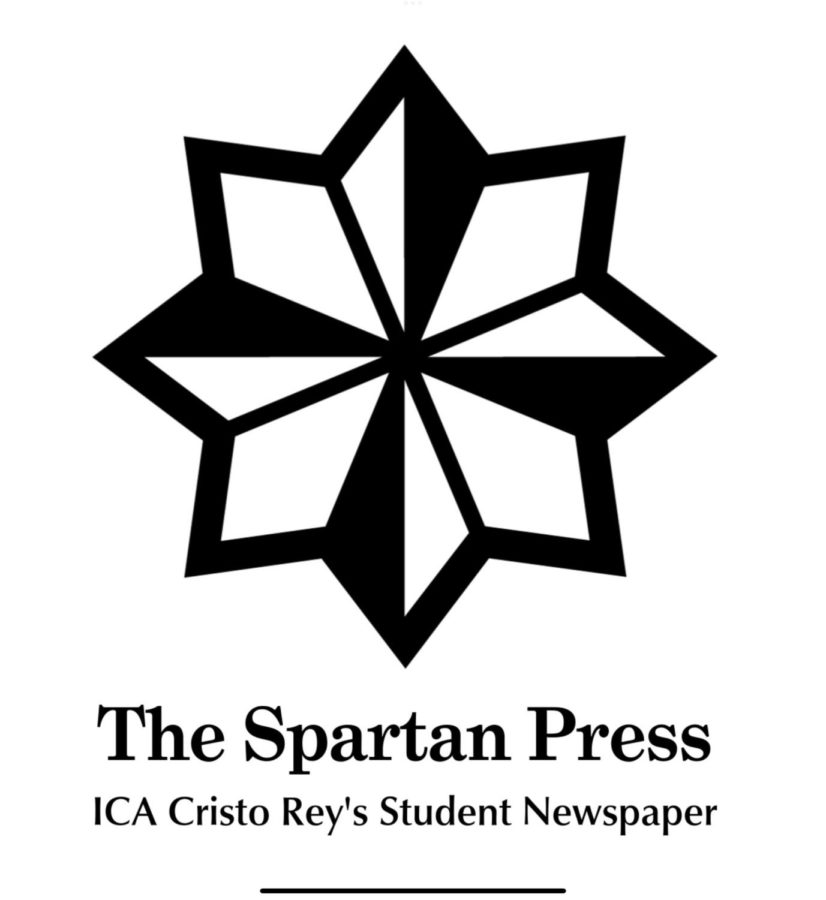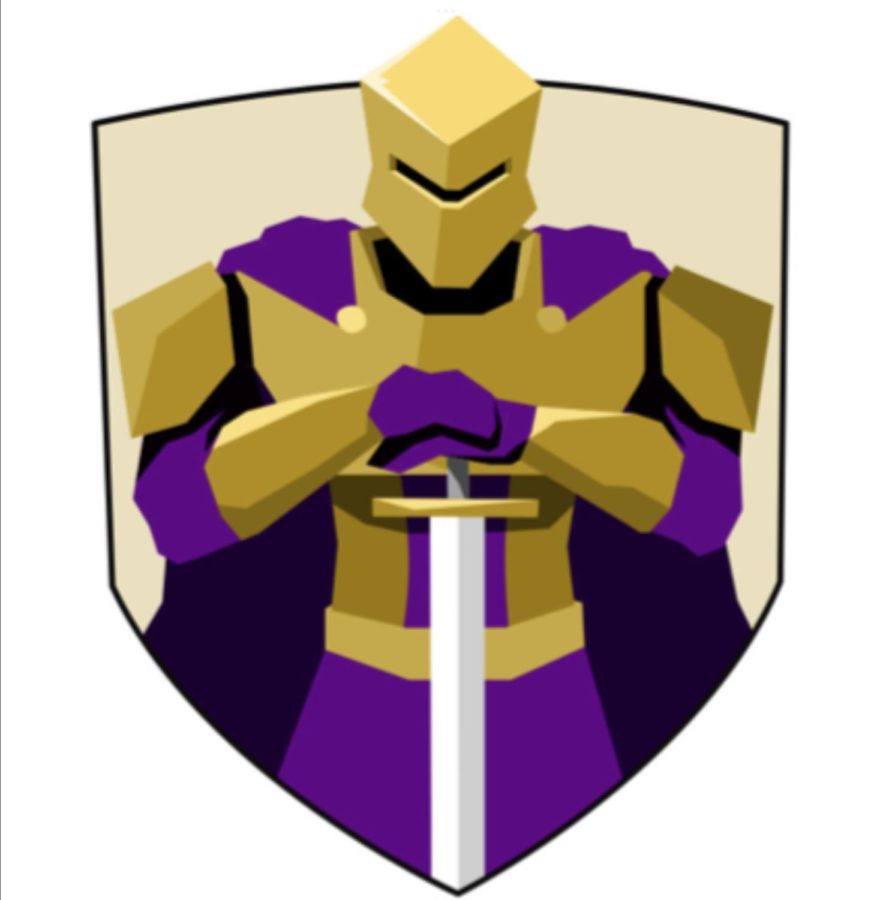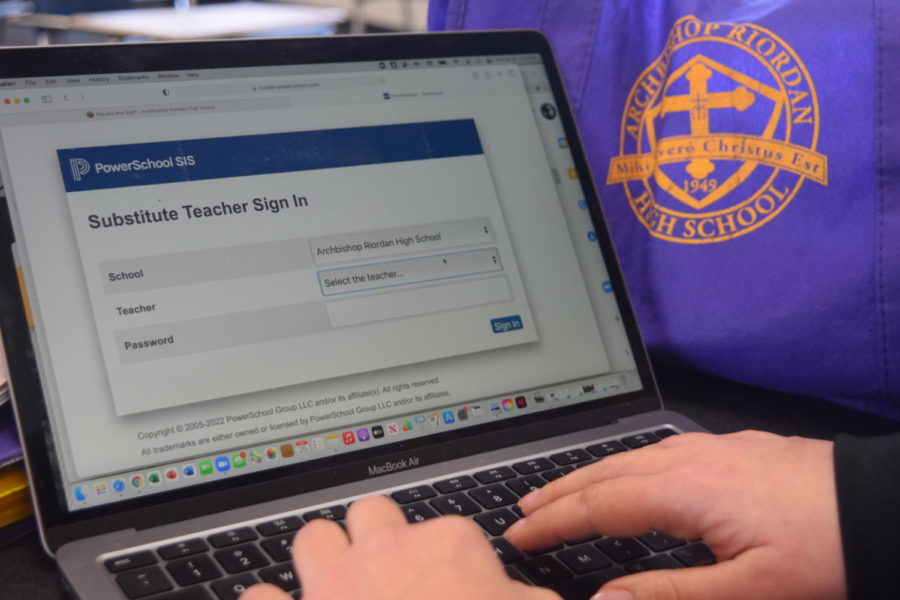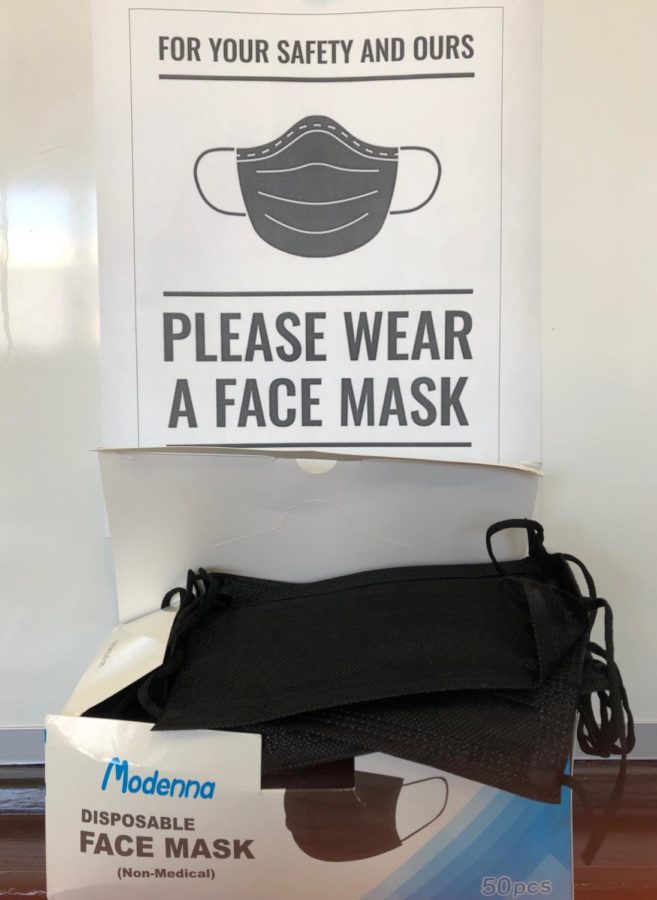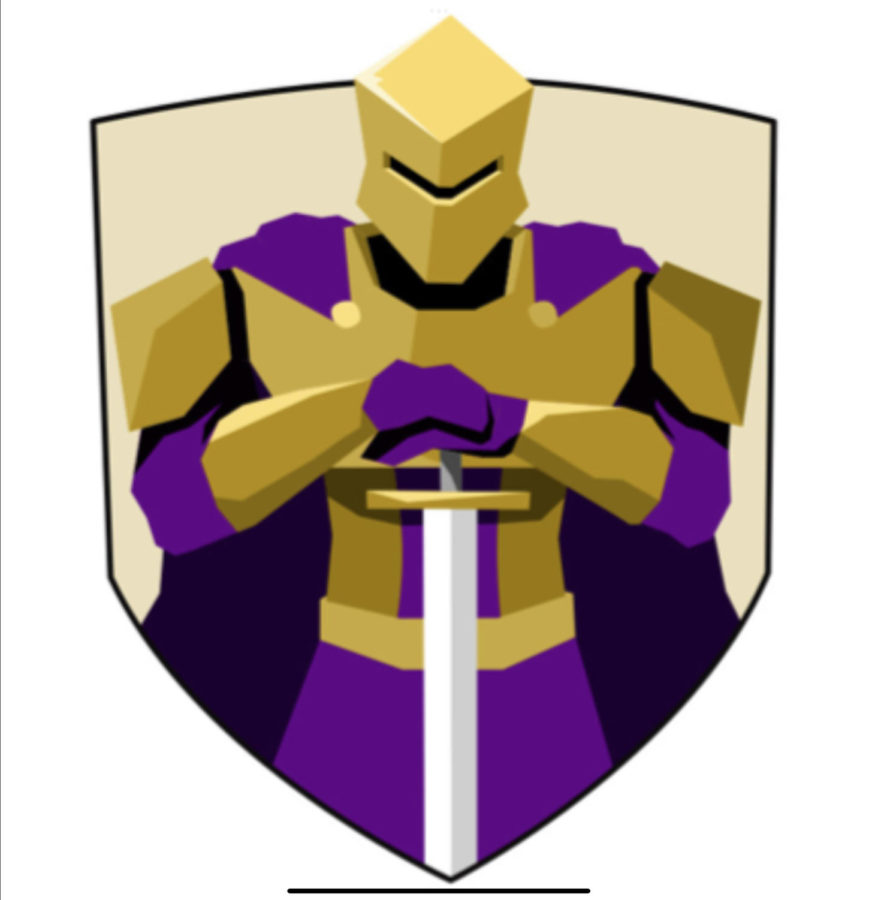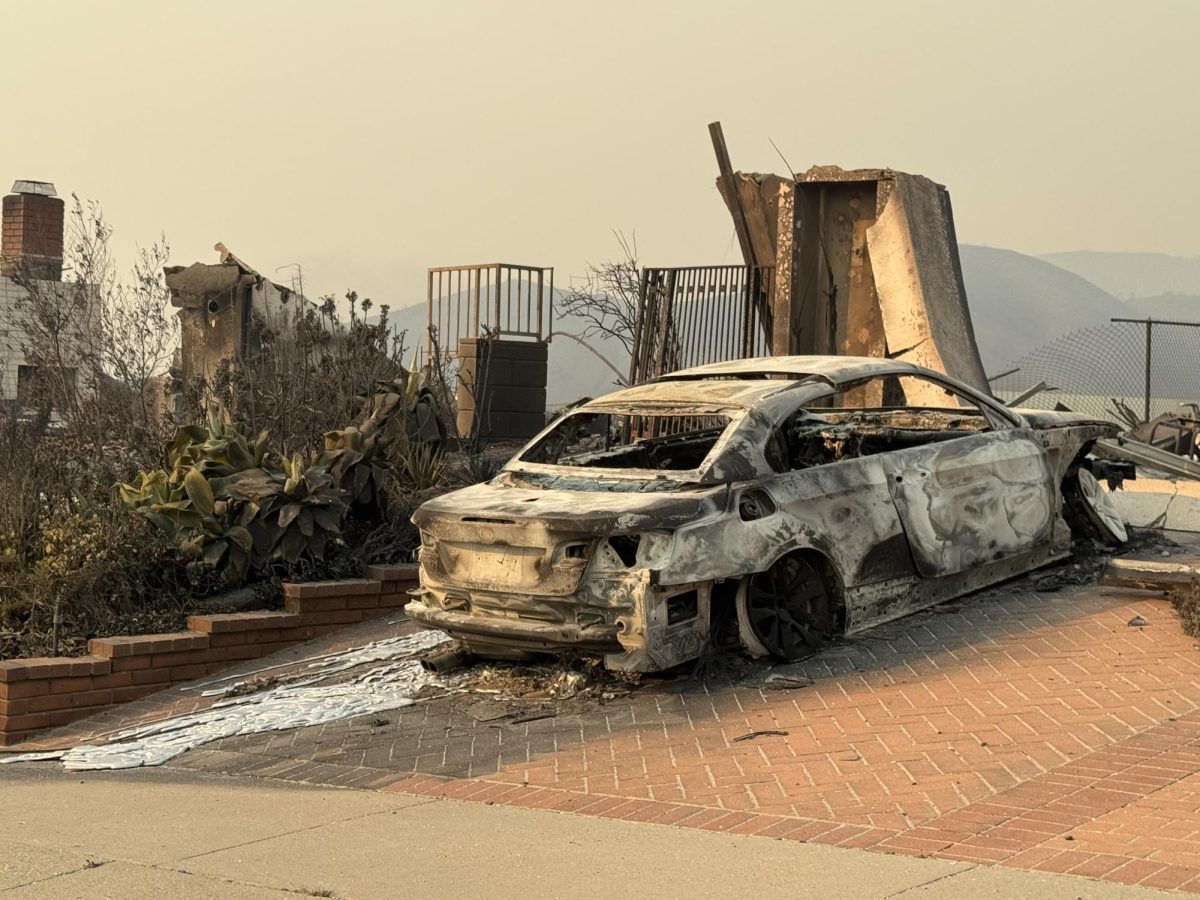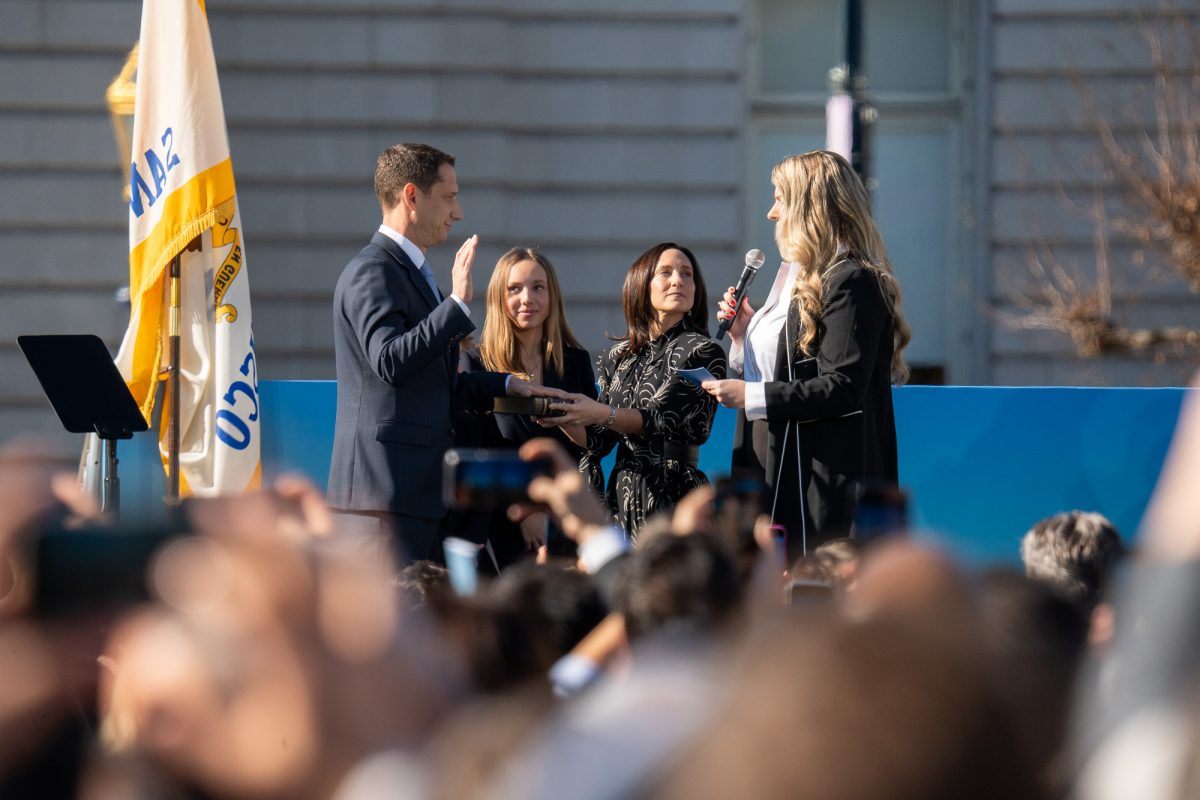COVID-19, also known as the Coronavirus, has turned the world upside down as we know it. Schools are closed, businesses are closed, and professional and college sports are canceled.
Some people are fortunate enough to be able to work from home using their computers and phones to still do business or communicate with others. There are many people that can still go into work if the business they work at stays open, but there is one group that cannot and will not stop working: first responders. During these tough times, first responders such as law enforcement, fire fighters, and paramedics are stepping up to fill in for those falling ill with COVID-19.
More and more cases of first responders testing positive for COVID-19 appear every day. These brave men and women are still serving the community by going into work every day to serve and protect during these scary times.
The San Francisco Sheriff’s Department (SFSD) said that four deputies and a cadet have tested positive for COVID-19. Two of these deputies work at the Hall of Justice, which houses inmates on the top floor as well as courtrooms and the lower floors. At the San Francisco Police Department (SFPD) a sergeant who works with the special victims unit has tested positive for COVID-19, and he also works at the Hall of Justice.
Outside of San Francisco, five Santa Clara County sheriff’s deputies and one Santa Clara officer have tested positive for COVID-19. Three Oakland police officers, three Santa Rosa police officers, a reserve San Jose officer, and a Vallejo officer have also all tested positive.
Rich Balmy ‘89 has been a deputy in the San Francisco Sheriff’s Department for 20 years. In regards to how the Sheriff’s Department is dealing with the situation, he answered, “Well, it changes almost on a daily basis due to the difficulty of the disease. We are working together with the San Francisco Department of Public Health, the San Francisco Police Department, and the San Francisco Fire Department to keep inmates in the jail as spread apart as possible to prevent an outbreak in the jail.”
Balmy added, “We are working to make sure the homeless are provided with a Single Room Occupancy if they feel symptoms, and we are making sure that nonessential businesses remain closed to at least try and slow or stop the spread.”
Retired San Francisco Fire Department Captain Anthony Rivera ‘80, who began his career as a firefighter in a specialized unit called the Heavy Rescue Squad, said the department has a “Training Division (located in the Mission District and Treasure Island) that is responsible for ensuring all members receive the proper training for all emergencies. The Training Division also provides ‘In-Service’ training for all members that reflects any current issues that the bay area or the fire service is facing. The training includes, but is not limited to hazardous materials, canine rescue, infectious disease response… The SFFD also has a ‘Disaster Manual’ that is an outline for the SFFD’s response during any type of disaster.”
He elaborated that, “The training included special precautionary guidelines for our members for an infectious disease response. Many of these protective measures for response were created and updated during previous outbreaks, such as H1N1, Ebola, SARS… The training includes donning of additional or special Personal Protective Equipment ‘PPE’ during any potential infectious disease response. The training also covers decontamination procedures for our members that may have been exposed. The SFFD also generates an Incident Action Plan to be used as a guideline for response to the current pandemic. The SFFD always places the safety of their members as the first priority.”
In regards to the daily routine and interaction with co-workers and the public, Rivera said there have been necessary changes.
“The shelter in place order has affected the firefighters in many ways,” he said. “Firefighters must now wear special PPE when dealing with the general public. The fire stations must also keep their apparatus bay doors closed to discourage public interaction. School fire drills have come to a halt. The SFFD has also instituted additional and more frequent cleaning of the fire stations as a precautionary measure.”
In addition, “Many of the social activities that firefighters participate in, such as softball tournaments, have also been cancelled.”
Despite the challenges he and others face, Rivera always was, and still is, prepared for them.
“At Riordan, I learned many Christian values, such as honesty, love for fellow man, and the need to help others,” he said.
Another Riordan graduate, Mark Klanjac, Pharm.D., is the residency program director and clinical pharmacy manager for the Periop and CVICU (Cardiothoracic ICU) at Stanford Health Care. HIs job is to provide medication consultation, medication order verification, medication compounding, medication distribution, and Code Blue participation.
He is also an Assistant Clinical Professor of Pharmacy Practice at UCSF and an Adjunct Clinical Professor of Pharmacy Practice at the University of the Pacific.
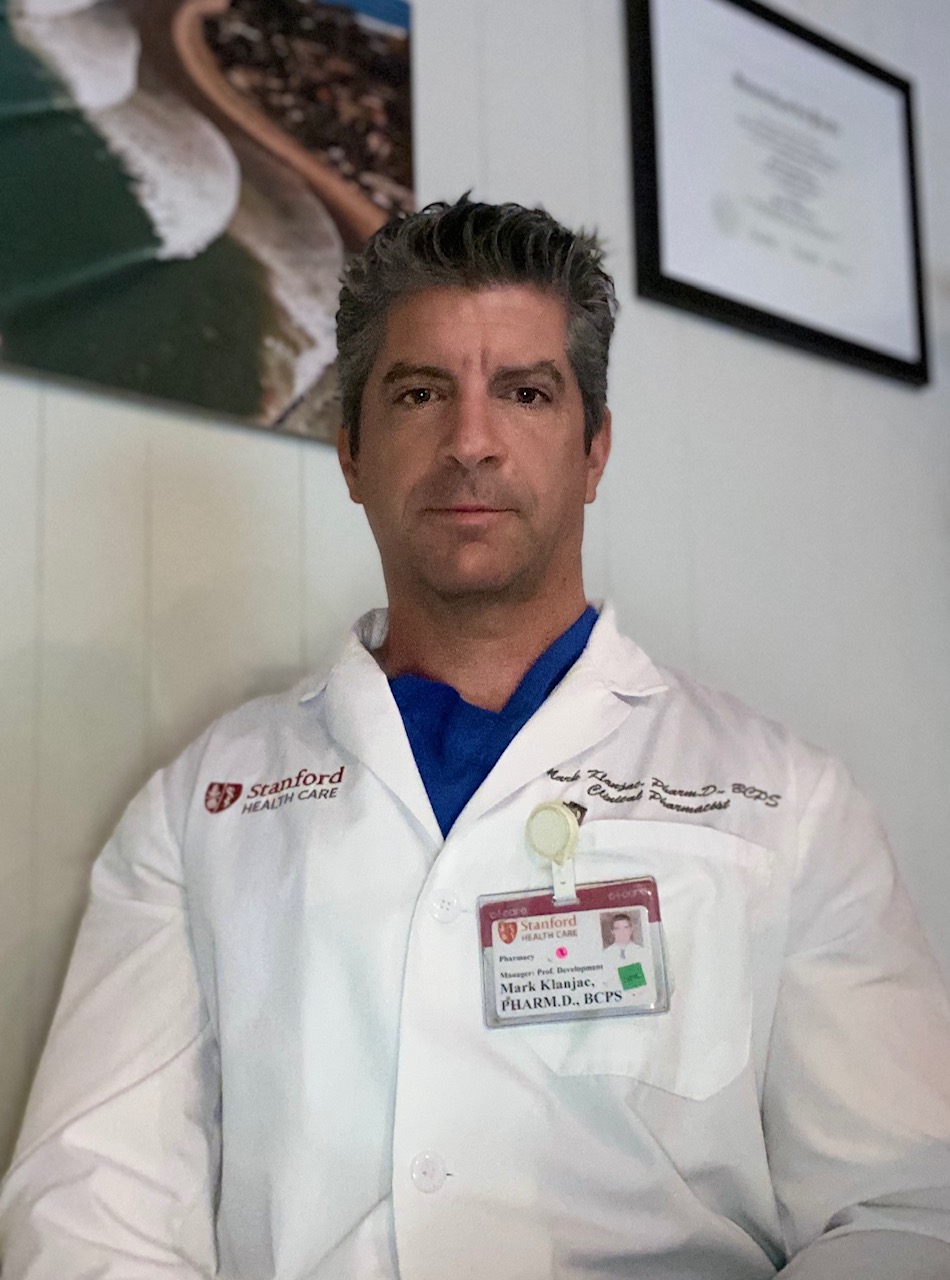
Dr. Klanjac ‘89 said that Stanford is starting to see more drug shortages so he works “very closely with their physician and nursing partners to provide alternative solutions to managing COVID-19 patients.”
Also, “There are a couple of NIH studies that have started as treatment alternatives for COVID-19, so the department has been quite busy coordinating with all the key players to ensure the success of the studies.”
As expected, “There are COVID-19 patients and persons under investigation (PUI) that come into the OR on a daily basis. We’ve been called into Code Blue situations in the OR and ICUs where there are COVD-19 and PUI patients. We always make sure we have on the correct PPE and that we use the correct donning and doffing procedures.”
At work, “Stanford Health Care screens all staff members before they enter the hospital. Each member is provided with a surgical mask each day. Stanford is doing a great job in ensuring their employees are safe and that they have the correct PPE when dealing with COVID-19 patients. Stanford Health Care has dedicated COVID units, ICUs, and OR suites where these patients can receive the care that they need while minimizing the risk of exposing others.”
Dr. Klanjac also has to worry about keeping his family–wife and two daughters–safe when he comes home. “I am constantly washing my hands throughout the day, wearing the correct PPE, and changing out of my scrubs; tossing them in the washing machine first thing when I get home. Shoes are always left in the garage and a shower is the first thing I do before I say hi to the girls,” he said.
In the midst of this pandemic, Dr. Klanjac said the atmosphere at Stanford is: “Calm. We are still waiting for the true storm to hit…if it does, however I think that Stanford and the surrounding communities have really prepared well and listened to local leaders by sheltering in place.”
Is there anything the Riordan community can do to help those infected, or the medical community? “The Riordan community can reach out to the elderly and high risk patients to see if they need assistance with grocery store runs for supplies or other assistance,” he said.
Also, “Some community hospitals are struggling with obtaining PPE; maybe reaching out to the alumni to see if they can find donors,” Dr. Klanjac suggested. “Family members, young and old, may feel a little distraught and anxious during this time. Staying positive is a great way to give back by easing their emotions.”
Dr. Klanjac’s Riordan education had an impact on his career in the medical profession.
“I was fortunate to have great mentors and experiences during my time at Riordan,” he said. “The rigorous academics, the faculty, the brotherhood, and the discipline prepared me for the journey for what I am doing today.”



